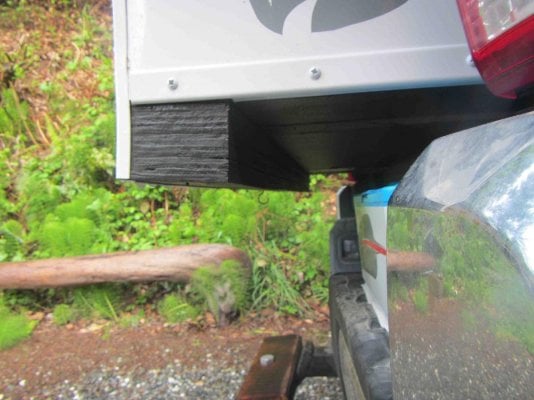inciter
Advanced Member
Date: 2018
I've been seeing YouTube videos and customer photos of Rusty screws and washers on Hawks?
They cannot be covered up fact is fact customers are reporting screws and washers rusting before a years time, Has the Factory taken steps to this? Or is it still taking place...
Is it electrolysis ? I have an F250 2017 that is Aluminium now should I maybe have asked this before I put 14 grand down?
Yikes
I've been seeing YouTube videos and customer photos of Rusty screws and washers on Hawks?
They cannot be covered up fact is fact customers are reporting screws and washers rusting before a years time, Has the Factory taken steps to this? Or is it still taking place...
Is it electrolysis ? I have an F250 2017 that is Aluminium now should I maybe have asked this before I put 14 grand down?
Yikes






